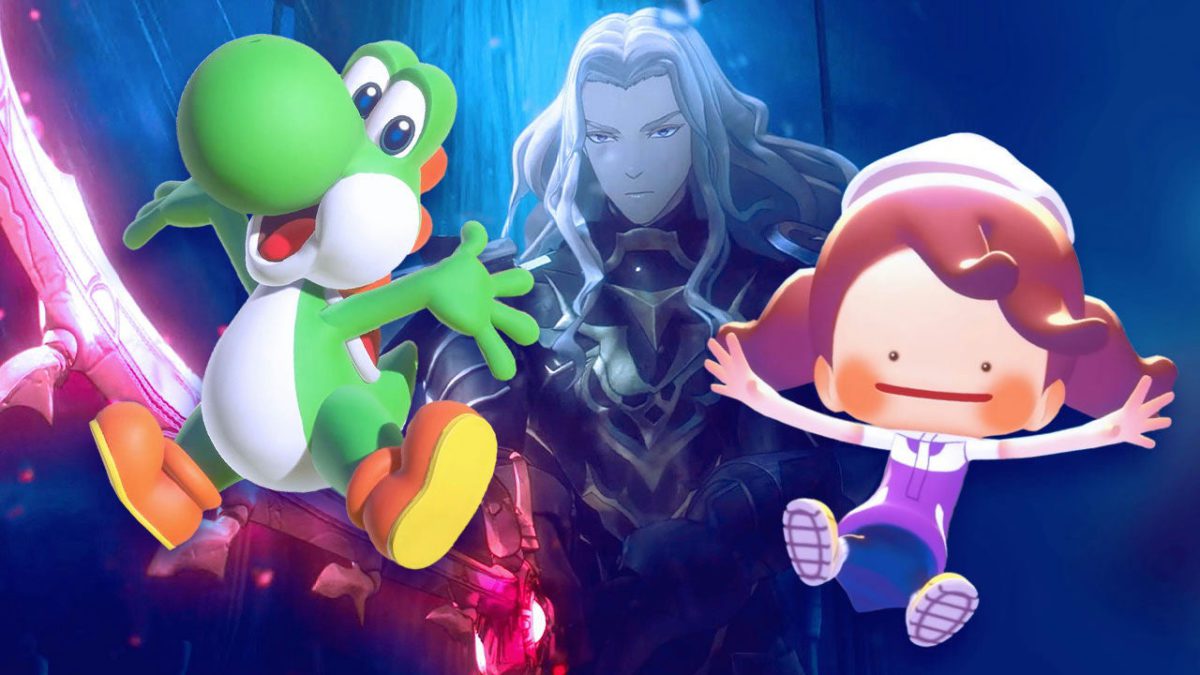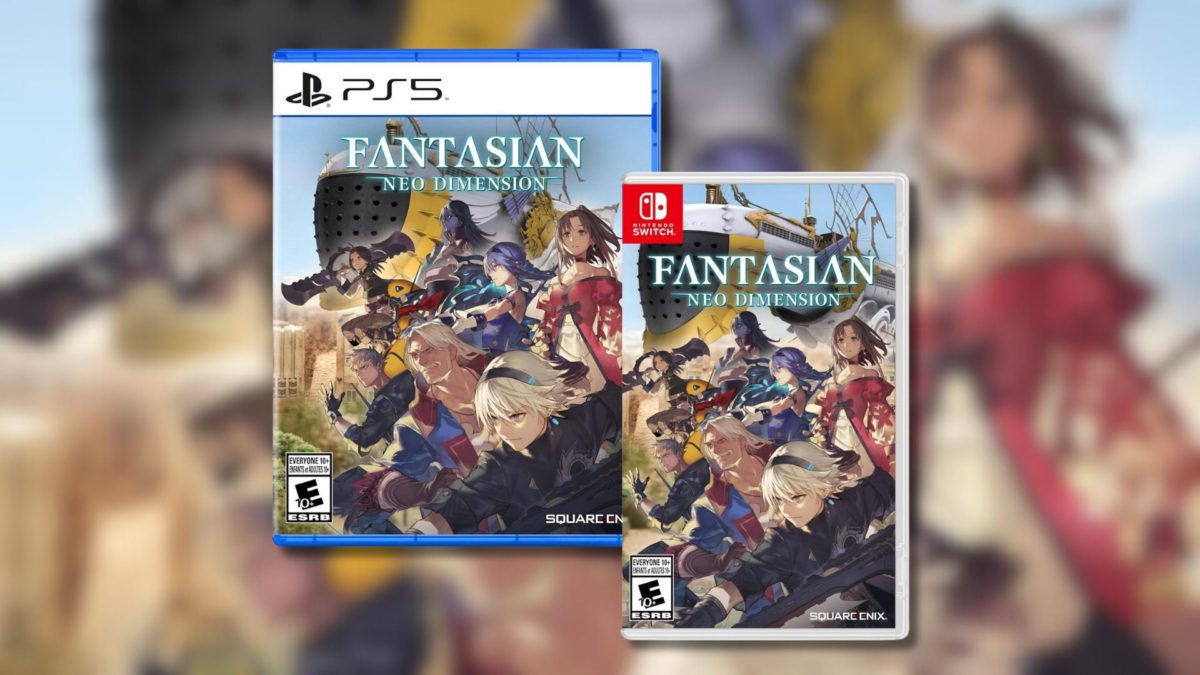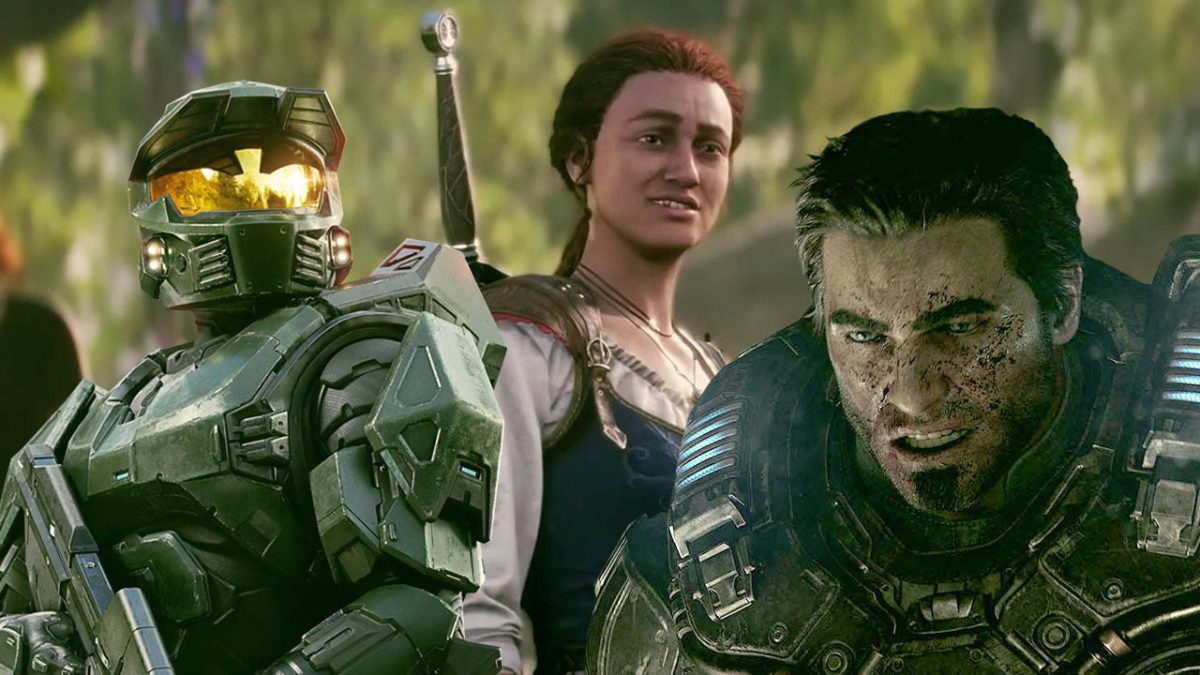
2025 finally saw the long-awaited arrival of Nintendo’s next console: the Switch 2. But now, it’s time to turn the page to 2026 and talk about what’s in store for Switch 2’s sophomore year. Nintendo already has a pretty fleshed out release calendar for both Switches, a blockbuster movie set to hit theaters, with plenty of surprises surely in store as well. Here’s what to expect from Nintendo in 2026.
Nintendo in 2026: What’s Already On the Books
Before we get into wild speculation, here’s a recap of what we already know is coming to Switch and Switch 2 in 2026. There’s already a lot to look forward to, as Nintendo remains very consistent in pushing something out pretty much every single month.
That pattern begins this month, as we’ll all return to our weed-infested islands and face the wrath of our neglected villagers when Animal Crossing: New Horizons gets a free update on the original Switch and a Nintendo Switch 2 edition on January 15. New Horizons 3.0 is available to players on both Switches, and it comes with a new hotel to customize, a bunch of Nintendo items, and tons of little quality of life updates like upgraded item storage. Meanwhile, if you buy the Switch 2 Edition or the $5 upgrade pack, you can access improved resolution, mouse controls, 12-player multiplayer, and more.
Just a few weeks later we’ll see the first brand new Switch 2 exclusive of the year with Mario Tennis Fever’s launch on February 12. The big hook this time is the Fever Rackets that grant special abilities like freezing the court or duplicating yourself. Fever will also feature 38 playable characters, including Donkey Kong’s refreshed design and – for the first time ever – Baby Waluigi.
If you love collecting ridiculous Nintendo products like I do, you might be looking forward to Virtual Boy joining the Nintendo Switch Online library on February 17. You need one of two headsets to access this forgotten library from Nintendo’s biggest failure – either a plastic replica or a cheaper cardboard option. That’ll be available on both Switches.
Pokémon meets Minecraft (or more accurately, Dragon Quest Builders, but that’s not as catchy) in Pokémon Pokopia on March 5. This Switch 2 exclusive will task you with using Pokémon moves and materials to design your very own town. I expect Pokopia to be an enormous hit this year: Pokémon and Minecraft are two of the biggest things on the planet, and after everyone’s done poking around the new Animal Crossing update, this looks like the perfect game for that audience to shift to next. Amiibo are trudging on in 2026 as well, and March 5 will also see the launch of the Meta Knight and Shadow Star figure from Kirby Air Riders.
Pokopia is the last firm release date we have, but Nintendo has a few games slated for Spring. Super Mario Bros. Wonder – Nintendo Switch 2 Edition + Meetup in Bellabel Park is an enhanced port of the 2023 platformer, and one part of Nintendo’s ongoing celebration of Super Mario’s 40th anniversary. It adds cooperative and competitive multiplayer minigames, and we’ve seen a small glimpse of what appears to be a new side story in more traditional levels. I predict this will arrive on April 2, the same day as the new pair of Super Mario Galaxy amiibo and just a day before The Super Mario Galaxy Movie hits theaters, putting a new Mario game on store shelves at the exact moment Mario Mania kicks in.
The other pair of Spring releases is Yoshi and the Mysterious Book on Switch 2 and Tomodachi Life: Living the Dream on Switch 1. Yoshi’s illustrated art style looks really nice, and Tomodachi Life is an exciting return for a 3DS cult classic with a hilarious out-of-left-field personality that you really have to see for yourself.
There’s even more coming later in 2026: Fire Emblem: Fortune’s Weave will mark the strategy RPG’s first outing on Switch 2, Nintendo and FromSoftware are teaming up for The Duskbloods as a Switch 2 action-RPG exclusive, while Switch 1 players can look forward to Rhythm Heaven: Groove, the return of Nintendo’s quirky rhythm minigame series for the first time in a decade. Finally, Pokémon Champions is a competitive battle-focused game coming to Switch and Mobile this year. We know it will be used at the Pokémon World Championships in 2026, meaning it should be out before that event kicks off in late August.
On the third-party front, Switch 2 is getting a lot of major games on day one, including huge support from Capcom with Resident Evil Requiem on February 27 (along with Resident Evil 7 and 8 on the same day), Monster Hunter Stories 3: Twisted Reflection on March 13, and Pragmata on April 24. Plus, all three of those games are getting their own amiibo figures. There’s a lot beyond Capcom, too, like Final Fantasy VII Remake Intergrade, Dragon Quest VII Reimagined, Indiana Jones and the Great Circle, 007 First Light, and more. Hopefully we’ll see cleaned up versions of games delayed out of 2025 as well, like Elden Ring Tarnished Edition and Borderlands 4.
Pokémon’s 30th Birthday Bash
A huge element of Nintendo’s 2026 will no doubt be Pokémon, which celebrates its 30th anniversary this year. You can safely expect a Pokémon Presents around February 27, and – as we move firmly into the speculation part of this yearly preview – I think it’s going to be a big one. I predict Pokémon’s 10th Generation will be 2026’s November release for Switch 2, and that we’ll get our first look at them here. I don’t think there’s any chance Pokémon misses out on its 30th anniversary without a new pair of mainline games.
But that’s not all: I think 2026 is finally the year that Pokémon Red, Blue, and Yellow come to Switch. I don’t think they’ll join the Nintendo Switch Online subscription library – it’ll make you buy them separately – but similar to how the Gen One games were dropped on 3DS to celebrate the franchise’s 20th anniversary in 2016, I think Nintendo will run the same play here and shadowdrop them the day of the presentation. The Pokémon Company is also planning to open PokéPark Kanto in Tokyo, Japan, on February 5, the first-ever Pokémon theme park.
What Else Could Nintendo Have In Store?
We’re in an interesting spot where Nintendo has already shown a lot of its cards for 2026, but I still think there are a few things we don’t know about. There is Splatoon Raiders, the single-player Switch 2 spinoff announced last year, but Nintendo hasn’t committed to that launching in 2026 at all, and it feels more fitting as an early 2027 release to me at this point.
With November likely taken up by Pokémon, that leaves October open for a Nintendo franchise fitting for spooky season: Luigi’s Mansion. Next Level Games has been quiet since 2022’s Mario Strikers: Battle League (except for a small assisting role on Metroid Prime 4: Beyond), and given its usual three-year turnaround time on Nintendo games, I think it’s time for Luigi’s Mansion 4. The last in the series was a huge sales success, so a sequel is a no-brainer. Just for fun, I’ll guess that the setting will be a haunted cruise ship Luigi has inherited for some strange reason.
2026 also marks the 40th anniversary of The Legend of Zelda. With a movie on the way in 2027, and Nintendo’s general pattern of launching at least one Zelda game every year, it’s a safe bet to say something Zelda-related will come out this year. I don’t think a new 2D or 3D Zelda game is close to being ready, so it’s probably time for another remake or remaster. I’ll guess fans will finally get the Ocarina of Time HD remake they want, but it won’t be perfect: it’ll be a touched up HD remaster of the 3DS remake that comes to both the original Switch and Switch 2, rather than the gorgeous 4K reimagining we all dream about.
On the smaller side, I have to imagine Nintendo is prepping DLC for Mario Kart World, and all signs point to it centering around Donkey Kong. DK and Pauline strangely only have one costume apiece in World, there are no Jungle-themed DK tracks, and Nintendo’s wider push for DK would lend itself to a DLC pack themed around him. And, I’d like 2026 to be the year we finally get answers surrounding Nintendo’s mysterious Switch Online Playtest program that’s been running since 2024.
I think that’s about all the room we have for 2026’s calendar, but Nintendo will announce a few games this year we won’t see until 2027. Xenoblade developer Monolith Soft hasn’t released a brand new game since 2022, and I have a feeling we might get a quick tease at what they’re working on in the September Nintendo Direct.
And, my boldest call of them all is that we’ll get a tease this year for Super Smash Bros. Ultimate – Nintendo Switch 2 Edition to launch sometime in 2027. I believe Ultimate could get the Mario Kart 8 Deluxe treatment this generation, with an enhanced port that carries us through the next several years rather than an entirely new entry. Smash Bros. director Masahiro Sakurai wrapped up Kirby Air Riders a few months ago, and it’s entirely possible he’s already hard at work bringing Ultimate over to Switch 2 with a few new characters. Ultimate noticeably hasn’t received a Switch 2 performance patch like Super Mario Odyssey, the open-world Zeldas, and plenty of other best-selling Switch 1 games, and combined with the fact that a new Smash game almost always hits within the first two years of a new Nintendo console, it feels like a prime candidate for a Switch 2 Edition.
Nintendo Will Continue Expanding Beyond Games
The Super Mario Galaxy Movie will hit theaters on April 3, three years after the original made over a billion dollars at the global box office. I think Nintendo will waste no time in announcing its next animated partnership with Illumination, given they’re likely very confident this movie will perform extremely well like the first one did. I’m expecting a formal announcement of an animated Donkey Kong movie sometime before the end of 2026. You should also expect to see the first trailer for The Legend of Zelda movie before the year is over.
Finally, in a bit of a bummer prediction to end on, I’m expecting a Switch 2 price increase sometime after March. Nintendo has essentially committed to keeping the price where it is through the end of its fiscal year – which concludes March 31 – but there are no guarantees after that. We’ve already seen increases on the original Switch, as well as Switch 2 accessories, so it feels like it’s only a matter of time before Switch 2 follows suit.
And that’s everything we expect from Nintendo in 2026. What game are you most excited for? Have you picked up a Switch 2, or are you still happy with the original? Let us know in the comments.
Logan Plant is the host of Nintendo Voice Chat and IGN’s Database Manager & Playlist Editor. The Legend of Zelda is his favorite video game franchise of all time, and he is patiently awaiting the day Nintendo announces a brand new F-Zero. You can find him online @LoganJPlant.













